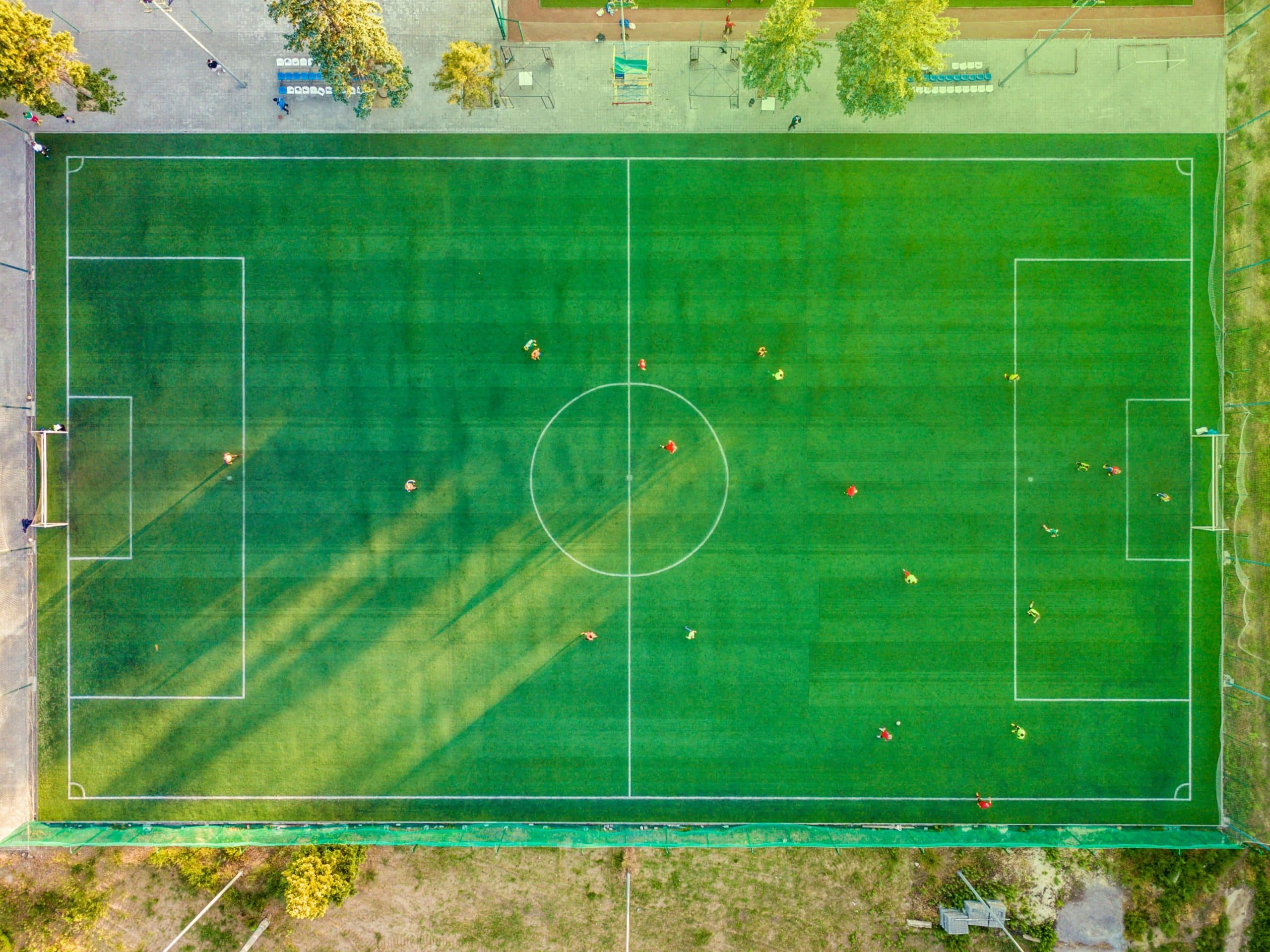What Are the Latest Advances in Tendon Repair Treatments for Football Players?

Imagine the roaring crowd, the adrenaline rush of a crucial match, and then, in an instant, an agonizing pain shoots through your leg. A player is down, clutching at his Achilles tendon, a dreaded sight in the sport of football. Injuries, particularly tendon injuries, can be career-ending for many athletes.
This article aims to shed light on the latest advancements in tendon repair treatments, providing a glimmer of hope for those players affected by such injuries. Backed by scholarly studies, we will examine the medical advances that are helping athletes return to the peak of their performance after suffering from severe strains or even a rupture.
Also to discover : What’s the Role of Dynamic Visual Training in Improving Reaction Times for Hockey Goalies?
The Achilles Heel of Football Players
It is no secret that tendon injuries, particularly those affecting the Achilles, are a significant concern in the world of sports. The Achilles tendon, a band of fibrous tissue connecting the heel bone to the calf muscles, is known to be the strongest and largest tendon in the human body. However, it is also notoriously prone to injuries, particularly in high-impact sports like football.
Numerous studies have documented the prevalence of Achilles tendon injuries among athletes. According to a study published in the British Journal of Sports Medicine, Achilles tendon injuries accounted for nearly 10% of all injuries in elite football players.
This might interest you : How to Optimize Glucose Monitoring for Diabetic Athletes Participating in Endurance Sports?
When an Achilles tendon is injured, it can cause immense pain and severely limit a player’s performance and mobility. In severe cases, the tendon can rupture completely, requiring surgery and a lengthy recovery period. Not only does this result in a significant sports hiatus, but it also poses a risk of the player never reaching their previous performance levels.
The Evolution of Tendon Repair Treatments
Historically, the options for treating Achilles tendon injuries were limited, often resulting in athletes leaving their sports careers behind. However, recent years have seen significant advancements in tendon repair treatments.
Research has played a key role in these advancements. Numerous medical and sports science scholars have dedicated their research to understanding the intricacies of tendon injuries and developing more effective treatments. This has led to a greater understanding of the tendon’s structure and how to stimulate its healing process.
Two significant advancements in tendon repair treatments have emerged in recent years: Platelet-Rich Plasma (PRP) therapy, and the use of stem cells in tendon repair. Both treatments aim to accelerate the healing process, reduce recovery time, and improve the chances of athletes returning to their previous performance levels post-injury.
The Power of Platelet-Rich Plasma Therapy
PRP therapy involves injecting the patient’s own platelet-rich plasma into the injured area to stimulate healing. Platelets are a type of blood cell that aids in clotting and has a high concentration of growth factors, which can help to regenerate tissue.
A study published on the PubMed Central (PMC) website revealed that PRP therapy could significantly improve the outcome in Achilles tendon injuries. The study found that athletes who underwent PRP therapy demonstrated faster recovery times and a lower risk of re-injury compared to those who did not.
While PRP therapy has shown promising results in tendon repair, it is important to note that it is often used in conjunction with other treatments. In addition, the effectiveness of PRP therapy may vary depending on the severity of the injury and the athlete’s overall health.
Stem Cells: A New Frontier in Tendon Repair
Another groundbreaking advancement in tendon repair treatments is the use of stem cells. Stem cells have the unique ability to develop into many different types of cells and can divide indefinitely to replenish other cells. This ability makes them an ideal candidate for regenerative medicine, including tendon repair.
A study published in the American Journal of Sports Medicine found that stem cell therapy could significantly improve tendon healing in athletes. The study showed that athletes treated with stem cell therapy had a higher rate of successful return to sports compared to those who did not receive the treatment.
The potential benefits of stem cell therapy in tendon repair are vast. It can potentially reduce recovery time, improve the quality of tendon healing, and decrease the risk of re-injury. However, as with any medical treatment, its effectiveness can vary depending on individual factors.
While these advancements offer new hope for football players and other athletes suffering from tendon injuries, ongoing research is essential to continue improving these treatments. By combining cutting-edge medical technology with rigorous academic research, it is hoped that even more effective and efficient tendon repair treatments will be developed in the future.
The Future of Tendon Repair: Biologic Augmentation and Tissue Engineering
Medical science is pushing the boundaries and exploring new treatment options for tendon injuries. One such revolutionary field is biologic augmentation and tissue engineering, which are garnering attention within the sports medicine community.
Biologic augmentation involves the use of biological substances to enhance the healing process. This can include the use of growth factors, hormones, or other substances that can aid in tissue regeneration and recovery. A systematic review published in The Journal of Orthopaedic Surgery and Research reported that biologic augmentation could enhance tendon healing, improve long-term outcomes, and accelerate return to play.
Tissue engineering, on the other hand, involves the use of biomaterials and cells to create new, healthy tissue. This method holds promise for treating severe tendon ruptures where a large amount of tissue is lost. In such cases, using engineered tissue can help restore the structure and function of the tendon.
Scientists are exploring the use of 3D bioprinting to create scaffolds for tissue engineering. A study published in the Journal of Foot and Ankle Research highlighted the potential of 3D bioprinting in the treatment of Achilles tendon injuries. The researchers found that 3D-printed scaffolds could support the growth and differentiation of stem cells into tendon ligaments, potentially revolutionizing the treatment of severe tendon injuries.
While biologic augmentation and tissue engineering are still in their nascent stages, they hold immense potential for the future of tendon repair treatments. However, further research is necessary to fully understand their potential and overcome any potential challenges.
Conclusion: Towards a Brighter Future for Football Players
Tendon injuries, particularly those affecting the Achilles tendon, have long been a bane for football players, sometimes leading to a premature end to their sporting careers. However, the landscape of tendon repair treatments has dramatically changed over recent years, giving these elite athletes a new lease of life.
The advent of therapies like PRP and stem cell treatments have significantly improved the prognosis for athletes suffering from tendon injuries. Biologic augmentation and tissue engineering are paving the way for future advancements. These treatments are designed to accelerate the healing process, reduce recovery time, and improve the chances of athletes returning to their previous performance levels post-injury.
While these advancements provide a ray of hope, they are not without their challenges. The effectiveness of these treatments can vary depending on the severity of the injury and the overall health of the athlete. Therefore, it is crucial to continue to support and invest in research in this area.
The future of tendon repair treatments is bright, promising a world where tendon injuries no longer mean the end of a football player’s career. As technology and medicine continue to advance hand-in-hand, the goal is to provide more sophisticated, effective, and personalized treatment options that will allow athletes to quickly and safely return to their beloved sport. This is not just a victory for the world of football, but for sports medicine and athletic performance as a whole.
